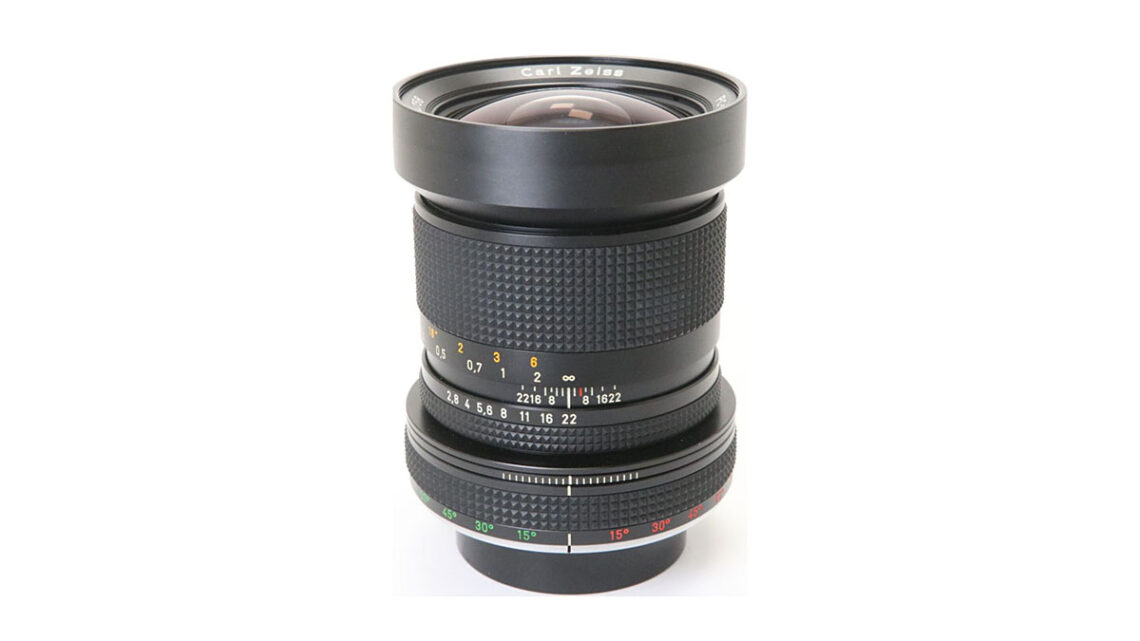
Favourite gear
I’m often asked about my thoughts on gear, which was one of the reasons I started reviewing and consulting in the early noughties. I’m still asked about gear all the time, so I thought I would list some of my favourite items. These days, I only review gear I think I’ll like anyway, so it’s a lot more personalised and relevant to the type of photography I practice currently; architecture, homes and gardens. Personal projects include the documentary landscape genre.
I have an Amazon page here where I list some of the items, and it also gives you an idea of why I like them and why I bought them. I’m brand agnostic and have no affiliation with any manufacturer, though I have worked with some in the past.
Lenses
Cameras are secondary to lens choice, so my advice is to select a lens or lens range first, and then choose the brand that best suits your needs. With mirrorless systems, the camera body choice is even less important, so you might pick one lens brand and a different mirrorless camera. This option is still a bit “left field” for most people, but it’s not uncommon with enthusiasts—especially video/filmmakers—and it will likely become more mainstream in the future.
Canon TS-E 24mm F3.5L
My most used focal length is 24mm (though 35mm is a close second), and I use the tilt-shift Canon TS-E 24mm F3.5L [affiliate link], which is invaluable for architecture and landscapes. This is much smaller and lighter than the current Mark II, which is nice to have for handheld use. However, the Canon TS-E 24mm F3.5 II [affiliate link] offers fully adjustable tilt and shift settings, allowing the two to be offset by 90 degrees or aligned. I don’t use the tilt feature that much, but shift (rise or fall) is essential, and I can’t see myself going back to lenses without it (except for zooms for convenience). The original also has more fringing, but the Mark II is considered the de facto standard for this type of lens and focal length (the Nikon version has both strong field curvature and focus shift, making it difficult to focus. I can’t really recommend it as it’s in serious need of an update.) I intend to replace my Canon lens with the newer Mark II model when it’s worn out.
Zeiss Distagon 35mm F2.8 PC Distagon
Thanks to its attractive, almost 3D-like rendering and general-purpose nature of the focal length, the Zeiss Distagon 35mm F2.8 PC Distagon [affiliate link] is my favourite lens. It’s a shift-only lens with no tilt, which isn’t a significant downside. Although no longer in production, this lens hits a sweet spot between my 24mm and 45mm Tilt-Shifts, and when space or reach isn’t a concern, I’ll choose it over both. However, there are a few downsides. Firstly, the lens is quite rare and pricey as a result, so I have to be careful with it as it can’t be easily replaced. And, secondly, compared to the Canon Tilt-Shifts, handling is a little clunky – it has stopped down metering only. There’s also a separate and equally tricky-to-find and use 86mm accessory ring required for filters and a hood. I have a review of the Zeiss PC Distagon here.
Canon TS-E 45mm F2.8
Like the TS-E 24mm, the Canon TS-E 45mm F2.8 [affiliate link] is compact and ideal for handheld use, but has the tilt and shift mechanisms set up 90 degrees apart. The TS-E 50mm F2.8L has since replaced it. I like this lens for its 45mm focal length and small size (it takes 72mm filters, like the 24mm). However, it is showing its age and has quite a lot of LaCA, though it cleans up well in Lightroom Classic (LrC). The new model is much larger, but, although I’ve not reviewed it, the 50mm is reported to be a first-class performer. Besides architecture and landscapes, the longer 45mm focal length allows it to be used for interiors (on select elements) and even portraits.
Please check back for updates.

